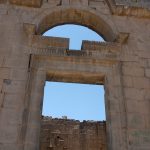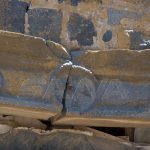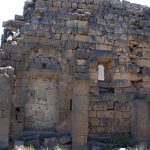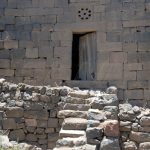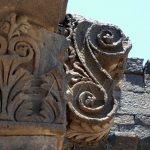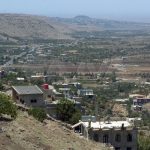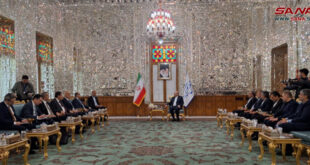Sweida, SANA_ Several archaeological monuments in the town of Shaqqa, to the north-eastern countryside of Sweida, are a living witness to ancient civilizations that have passed down the region and have given it a distinctive character.
The town, 27 km from the center of the province, is one of the most important archaeological areas in the province where it assumed a unique position during the second and third centuries AD, Head of the Department of Antiquities, Dr. Nashaat Kiwan said.
The Romans named it after Emperor Maximianus and then its name became Maximiano Bolis. It became a city at the time which had a very important position in later centuries.
According to Kiwan, the most prominent remaining traces of the archaeological town of Shaqqa is al-Qaysariye, generally interpreted as the residence of the governor, or the Caesar’s Palace that is beautifully decorated with beautiful architectural decoration. It has a square shape and is divided into three parts.
Al-Kalybe, an old architectural style place which was used for meetings. The only remaining parts of al-Kalybe is an entrance to the north with an arch with two rectangular mihrabs with arc ends on top of each other.
In the Byzantine era, a new hall behind al-Qaysariye and another one to the south of it were added.
There are ancient tombs in the town built with creatively carved stones as well as Greek inscriptions in addition to the existence of archaeological houses similar in structure, said Kiwan.
He added that the town of Shaqqa is one of the five important archaeological cities in the province.
It formed a defensive line with the Romans and was distinguished during the Nabataean, Roman, Byzantine and Arab Islamic times as an important administrative, economic, military and religious center. It was then called “Sakaya” and in the third century AD it had its own calendar called the Shaqqawi calendar.
Gh.A.Hassoun
 Syrian Arab News Agency S A N A
Syrian Arab News Agency S A N A

